Osteoarthritis (specifically behind the kneecap)
The knee consists out of two large bones, covered with cartilage. If the cartilage gets damaged, one can speak of joint wear (Osteoarthritis). Wear of the joint between the kneecap and the 'chute' of the upper leg is often called kneecap osteoarthritis. This is mostly a result of osteoarthritis in the knee joint.
Causes of Osteoarthritis in your kneecap
Joint wear or osteoarthritis can be caused by an accident in which you break a bone that runs through the cartilage of the knee joint. Even when you no longer have a meniscus, it often happens that joint wear occurs. Osteoarthritis can also occur after infection or snapping your knee ligament. Old age is also a very common cause of osteoarthritis, because, as we grow older, our bones grow weaker. Below, you'll find three common causes of osteoarthritis in your kneecap:
- Post-traumatic osteoarthritis caused by a bone fracture or cartilage damaging
- Osteoarthritis caused by kneecap instability
- Primary patellofemoral osteoarthritis, when the cause is not yet determined
Symptoms of Osteoarthritis in your kneecap
There's pain felt on the front, the inside or the outside of the knee. This depends on the location of the joint wear. With a completely worn knee, pain occurs when walking, climbing stairs or prolonged standing, the pain is felt less when cycling. The pain is caused by small pieces of cartilage that come loose from the joint surface. These pieces are trapped in the joint capsule, which cause inflammation. If there's little wear, then you will not feel this immediately, only after a few hours. In an aggravated situation, the pain is at its worst in the morning, also known as start-up pains. This usually diminishes after 10 minutes of exercise. The most important clinical characteristic is the pain on the front of the knee when standing up from a chair, kneeling, squatting or climbing stairs. Patients can walk for shorter periods of time because of insufficient strength provision when walking on flat terrain.
Treatment of Osteoarthritis in your kneecap
Because cartilage initially won't show on an X-ray, it's hard to recognize it unless it has already been worn to the bone. It can be determined by a doctor when a severe fracture has occurred. Old age is also crucial, as young people never suffer from cartilage disorders. Beginning cartilage can only be found during surgery. By taking anti-inflammatory medication or painkillers, you can slow it down. Replacing the knee for an artificial knee, osteotomy, cleaning surgery and lubrication of the knee joint can prevent or slow down cartilage. Because all the aforementioned methods are rather serious, we can also recommend you to have a look at our assortment of knee support products.
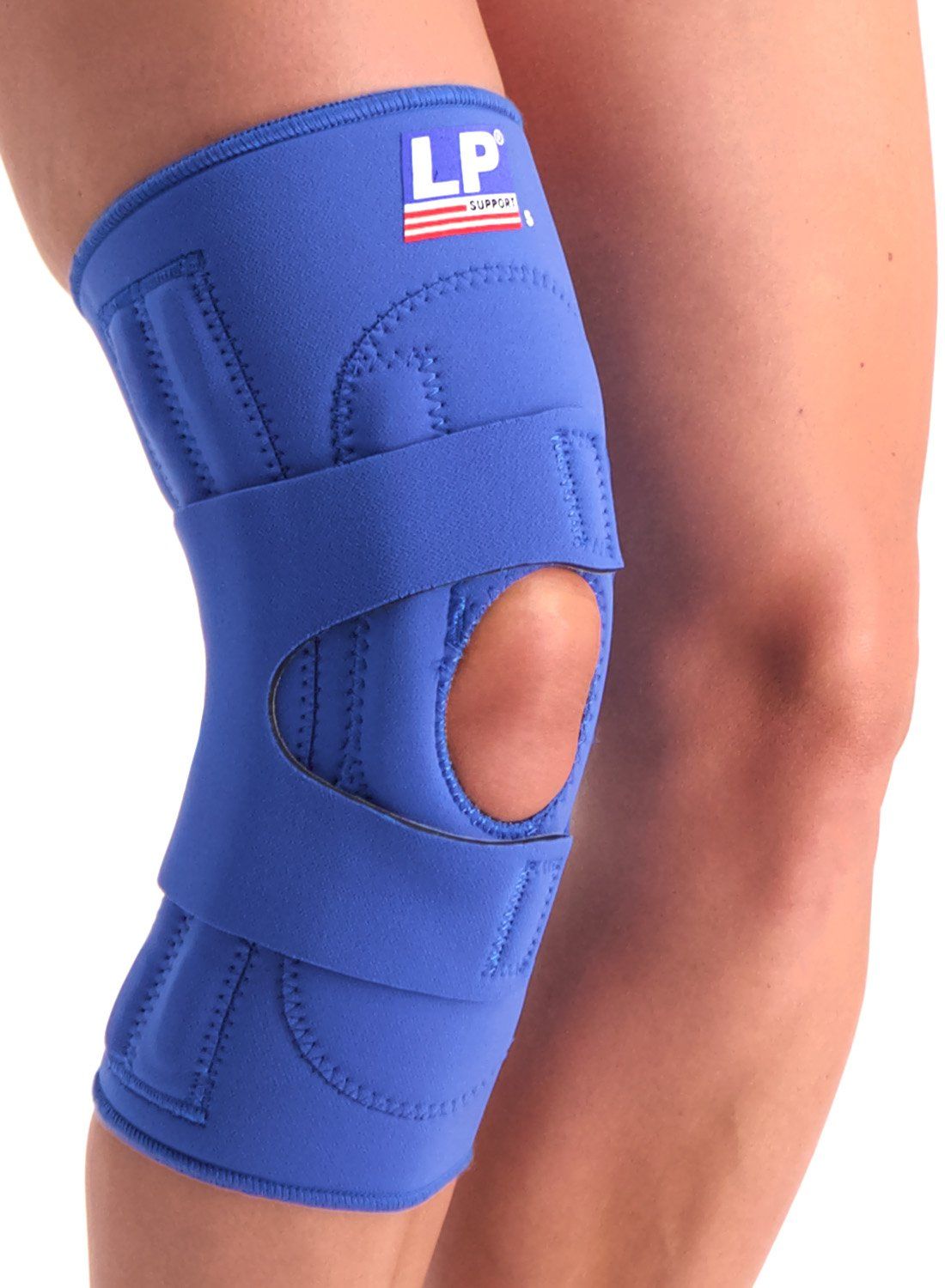
LP Support 721 Knee Support
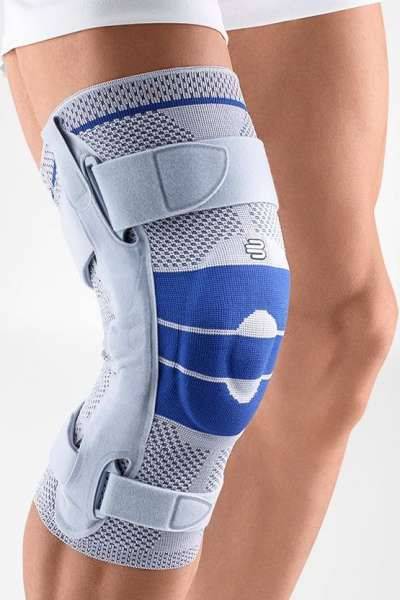
Bauerfeind GenuTrain S Hinged Knee Support
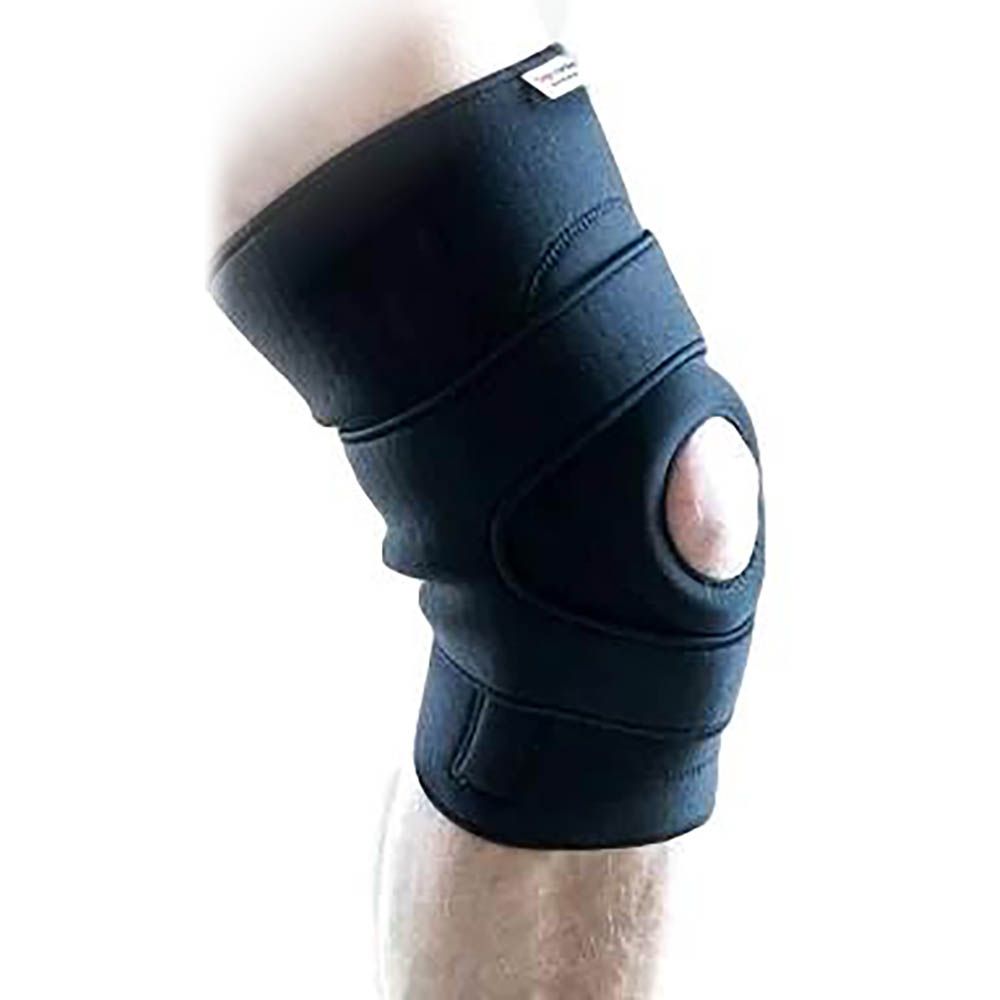
Super Ortho Patella Support / Kneecap Support
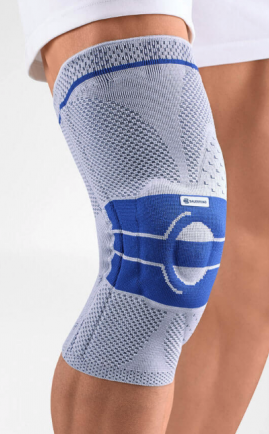
Bauerfeind GenuTrain A3 Knee Support
Protection level 2
Morsa GenuBerg M4 Hinged Knee Support
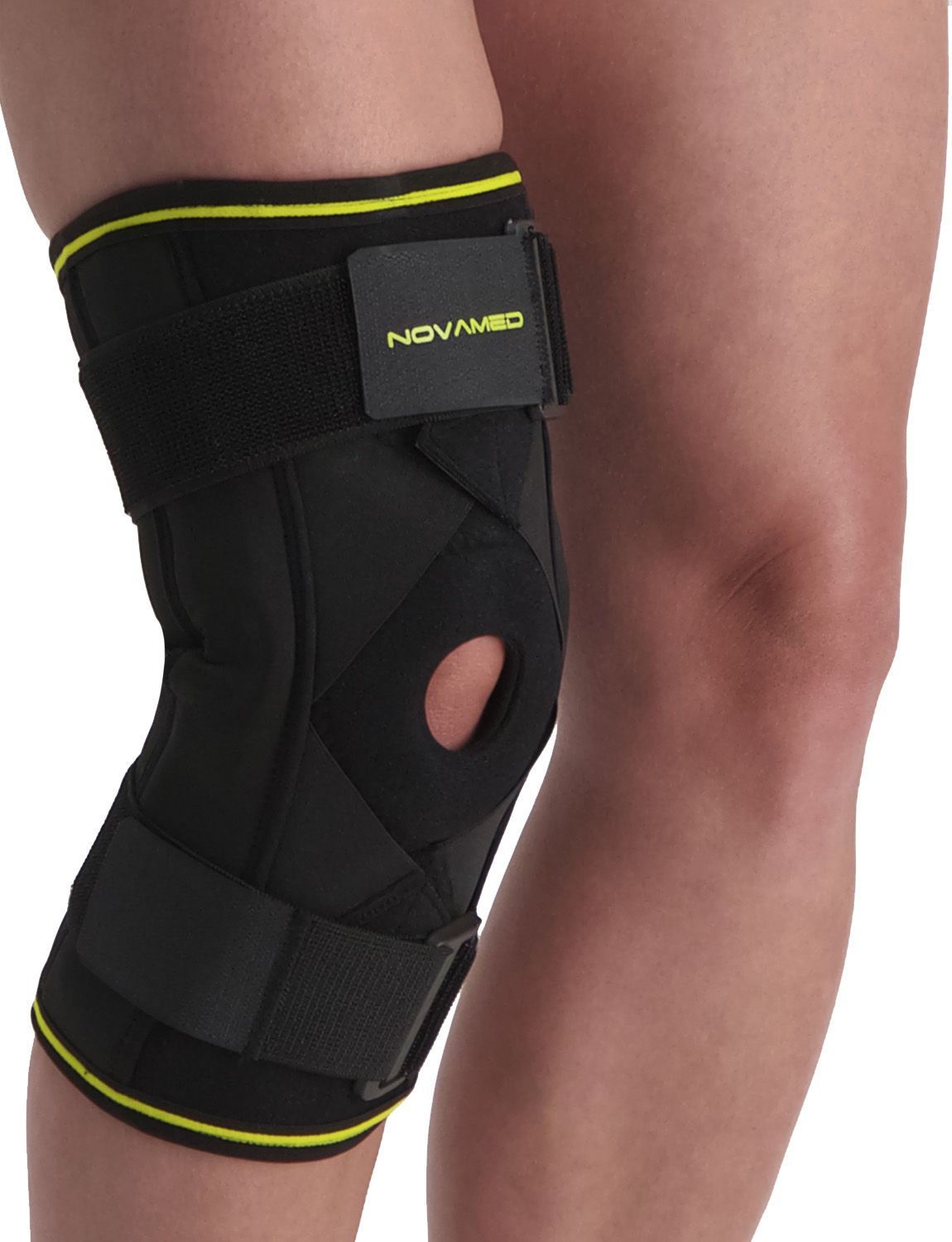
Novamed MAX Hinged Knee Support with Crossed Straps

- Physiotherapist
- Sports podiatrist
- Manual therapist
- Podopostural therapist
- Myofascial dry needling specialist


